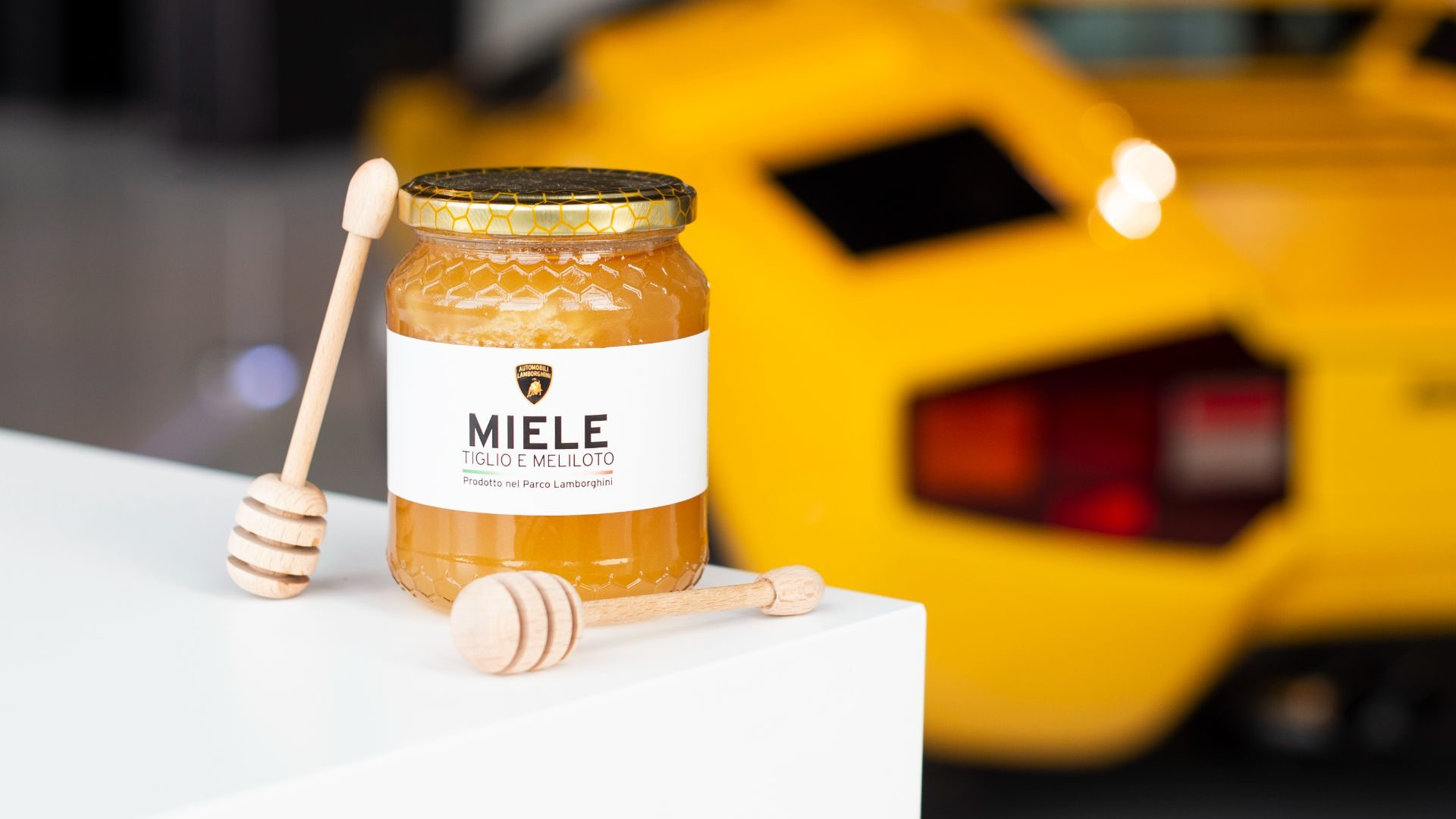
The notion of Lamborghini going green sounds akin to a T-Rex embracing vegetarianism. The Italian marque is famous for its extravagant V10 and V12 engines, not saving the planet one supercar at a time.
The world is changing fast, though, and even the most rarefied carmakers must change with it. The UK plans to outlaw the sale of non-hybrid petrol cars from 2030, with the EU likely to follow suit in 2035.
“We will continue to build dream cars,” Lamborghini CEO Stephan Winkelmann assures me, “but with a clear focus on decarbonisation and sustainability.” His masterplan also includes some 600,000 bees – but we’ll come to them shortly.
Electric dreams
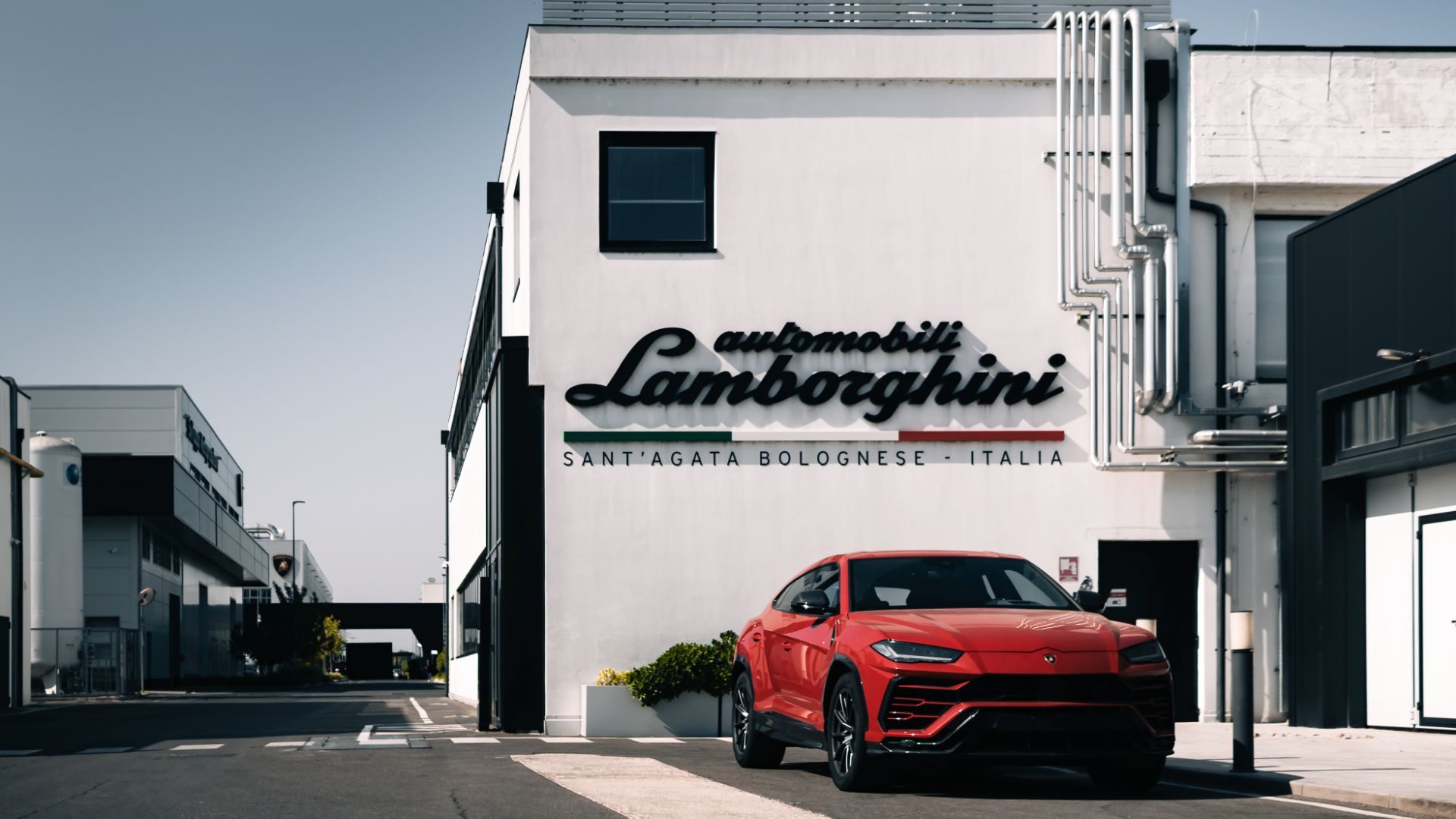
Lamborghini is currently ‘celebrating the internal combustion engine’ with models such as the fabulous Huracan STO and new Urus Performante. However, all its model lines will be electrified by 2024 – starting with the plug-in replacement for the Aventador, due next year.
The company will then begin the transition to fully electric cars, with its first EV – an entirely new fourth model – expected by 2030. Rumours suggest a luxurious four-door GT in the style of the classic Espada or 2008 Estoque concept.
The target is to slash overall fleet CO2 emissions by 50 percent by 2025 (compared to the 2021 figure), then 80 percent by 2030.
On the question of synthetic fuels, Winkelmann is unconvinced: “They might be an opportunity to reduce emissions for existing cars, but they’re not an alternative to electrification.” The biggest challenge, he concedes, will be making a Lamborghini EV sound suitably special.
Bring me sunshine
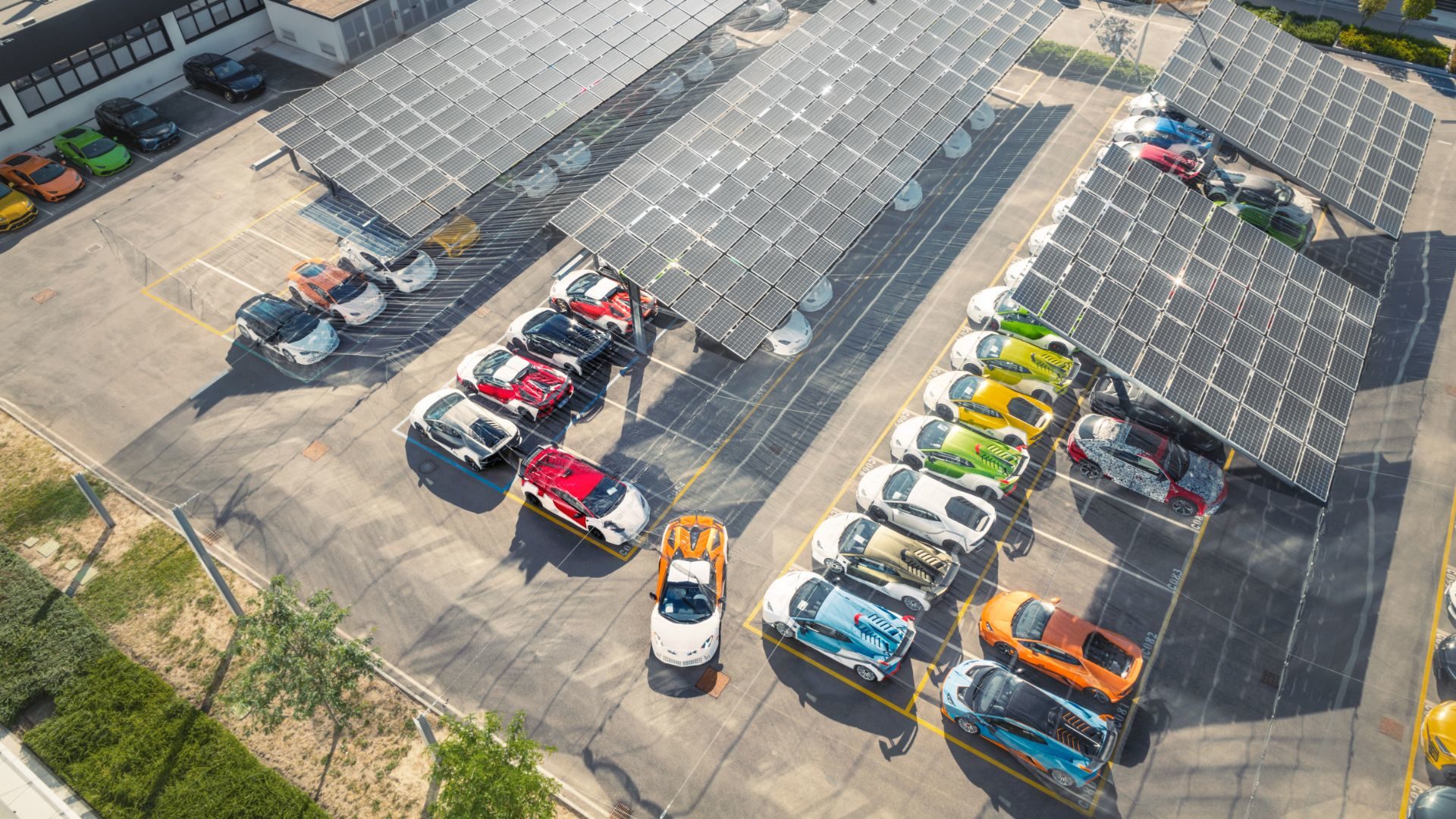
Thus far, the main efforts to make Lamborghini cleaner and greener have focused on the factory, which builds 26 examples of the Urus, 16 Huracans and (until very recently) 4.5 Aventadors a day.
The site at Sant’Agata Bolognese has been certified carbon neutral since 2015, when it measured 80,000 square metres. Today, despite having more than doubled in size to 172,000 square metres – largely thanks to the runaway success of the Urus – it is still CO2 neutral.
Hundreds of solar panels, which cover the office buildings and canopies over the car park, help to produce renewable energy. A photovoltaic plant converts this into 2.5 million kWh of electricity a year – saving 2,000 tons of CO2 in the process.
Sant’Agata also has its own biogas district heating system fuelled by decomposing agricultural waste, with four miles of underground pipes carrying water heated to 85deg C. This eliminates a further 1,800 tons of CO2 emissions every year.
Sting in the tale
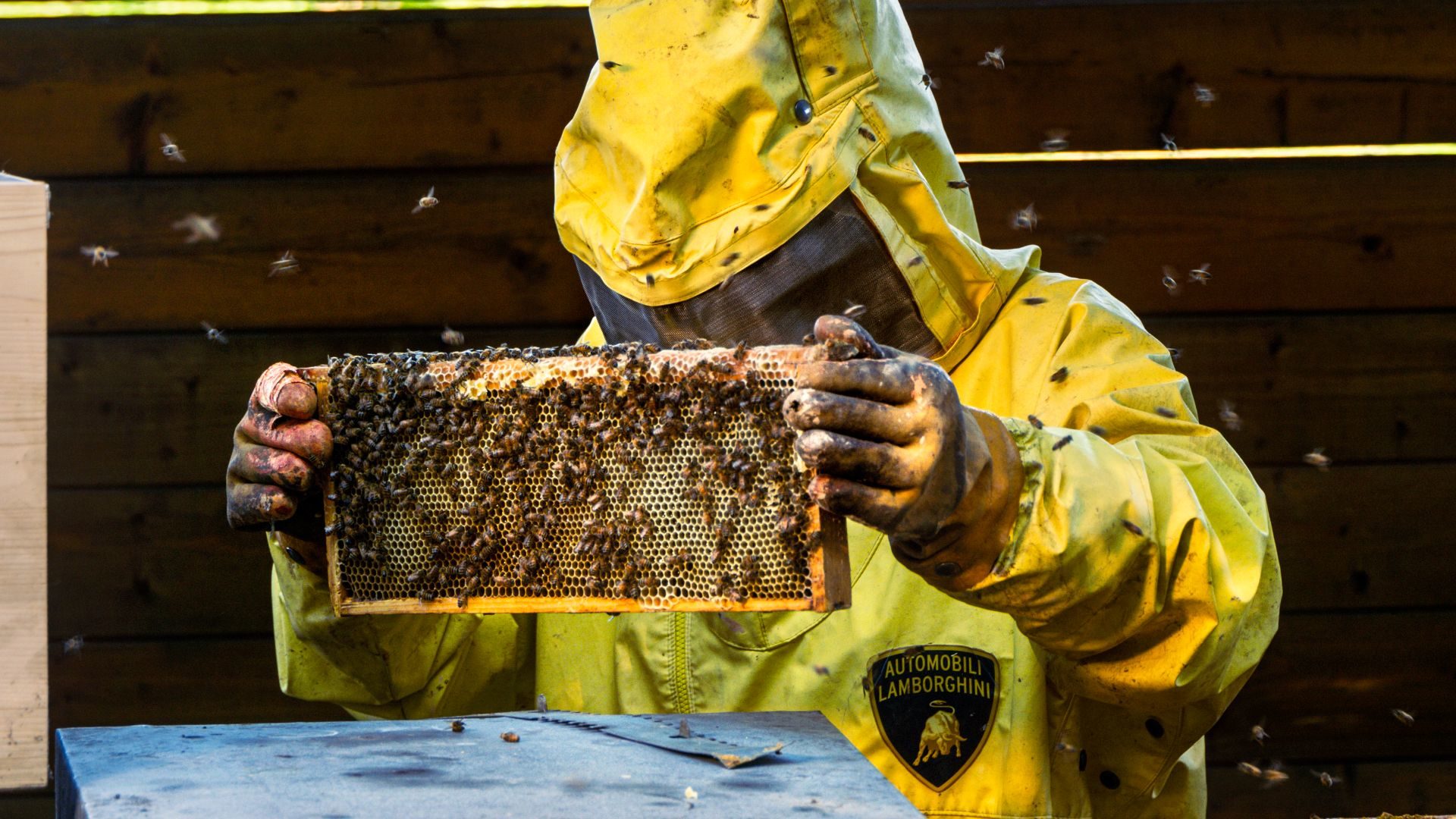
The nearby Lamborghini Park, where the company has planted 10,000 oak trees over an area of 17 acres, also plays a part in the sustainability effort.
An innovative biomonitoring project involves 13 beehives, which are studied by entomologists and apicologists to detect pollutants. Because the bees collect nectar and pollen within a two-mile radius of the park, their hives provide a very accurate snapshot of the local environment.
As an added bonus, the bees also produce around 500kg of honey a year, which is shared among Lamborghini employees.
Immortal machines
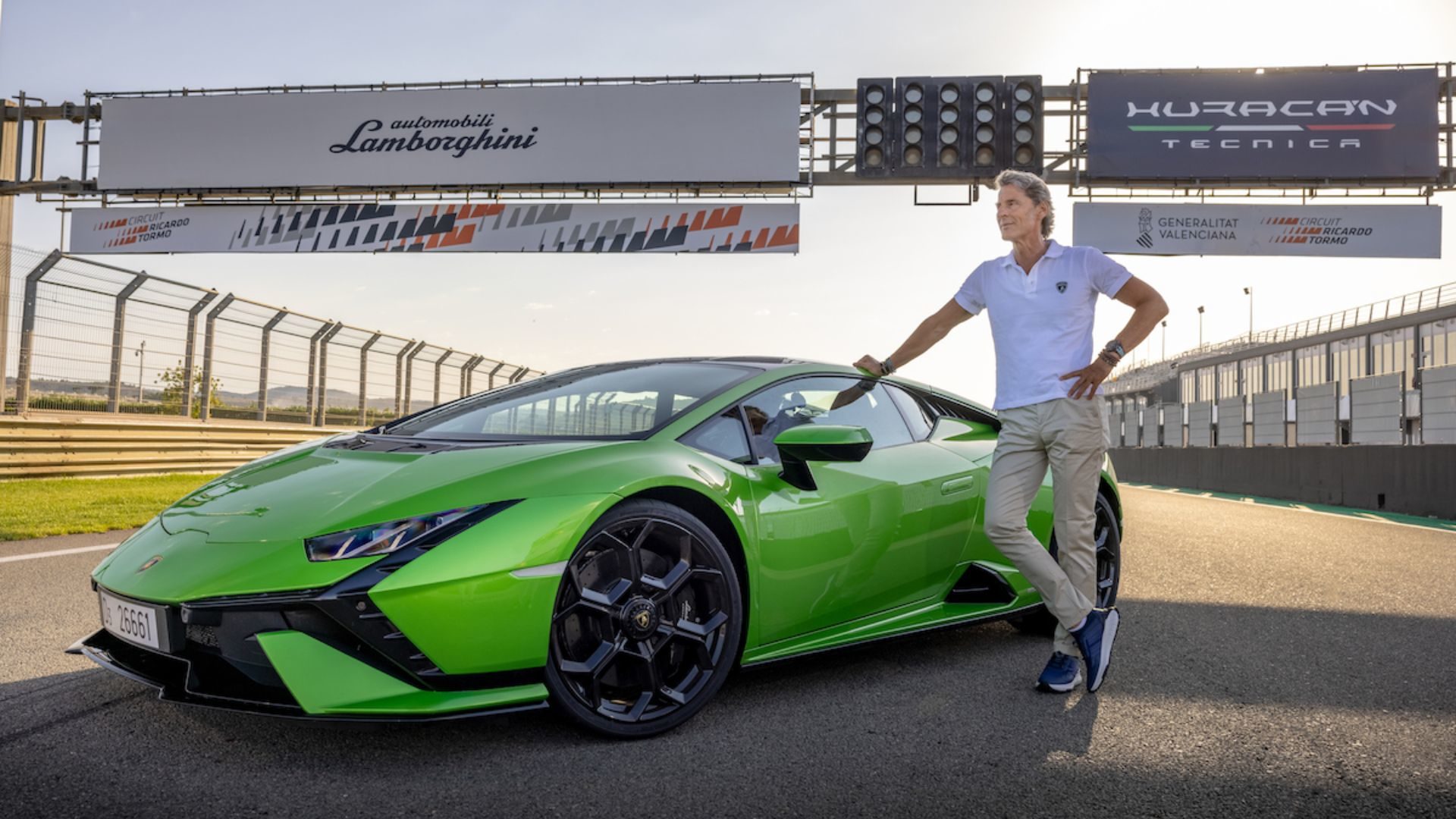
Lamborghini also ‘upcycles’ many of its (often brightly-coloured) leather offcuts into accessories such as bags, wallets and phone cases. The project is a collaboration with social enterprise Cartiera, which promotes social inclusion, providing work for migrants, people with disabilities and others who might be disadvantaged in the job market.
Unused carbon fibre is also recycled where possible, or donated to local universities to help young people learn about working with composites.
As for Lamborghinis themselves, they remain treasured possessions. “Eighty percent of all the Lamborghinis ever made still exist,” says Winkelmann, “so recycling cars isn’t really an issue for us”.
ALSO READ:
Lamborghini Aventador Ultimae Roadster review